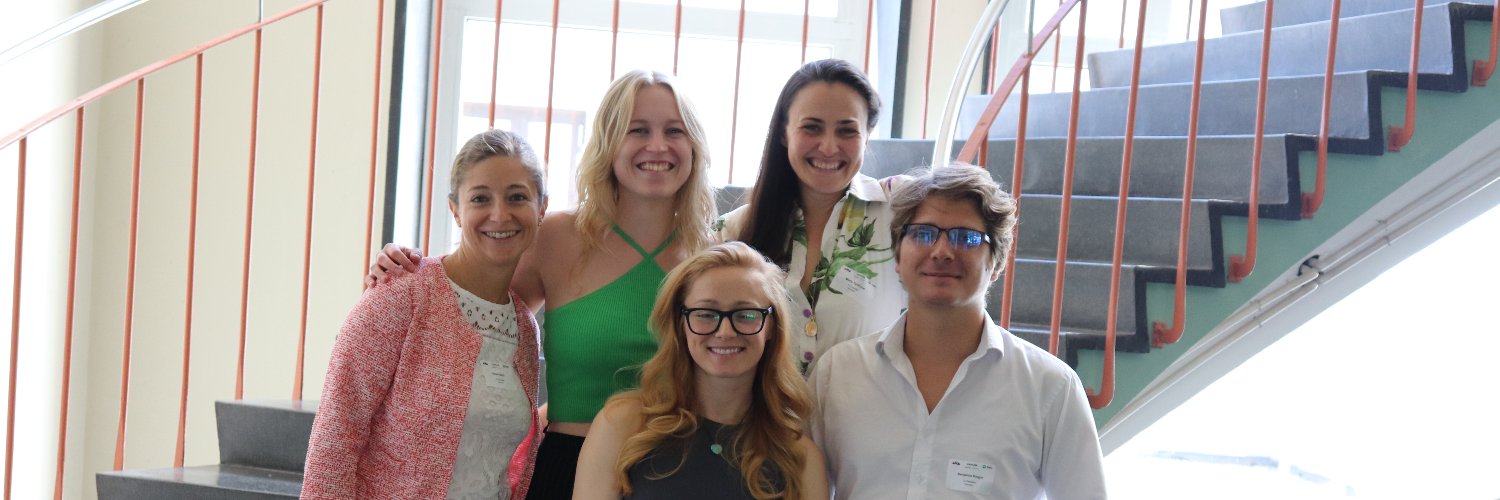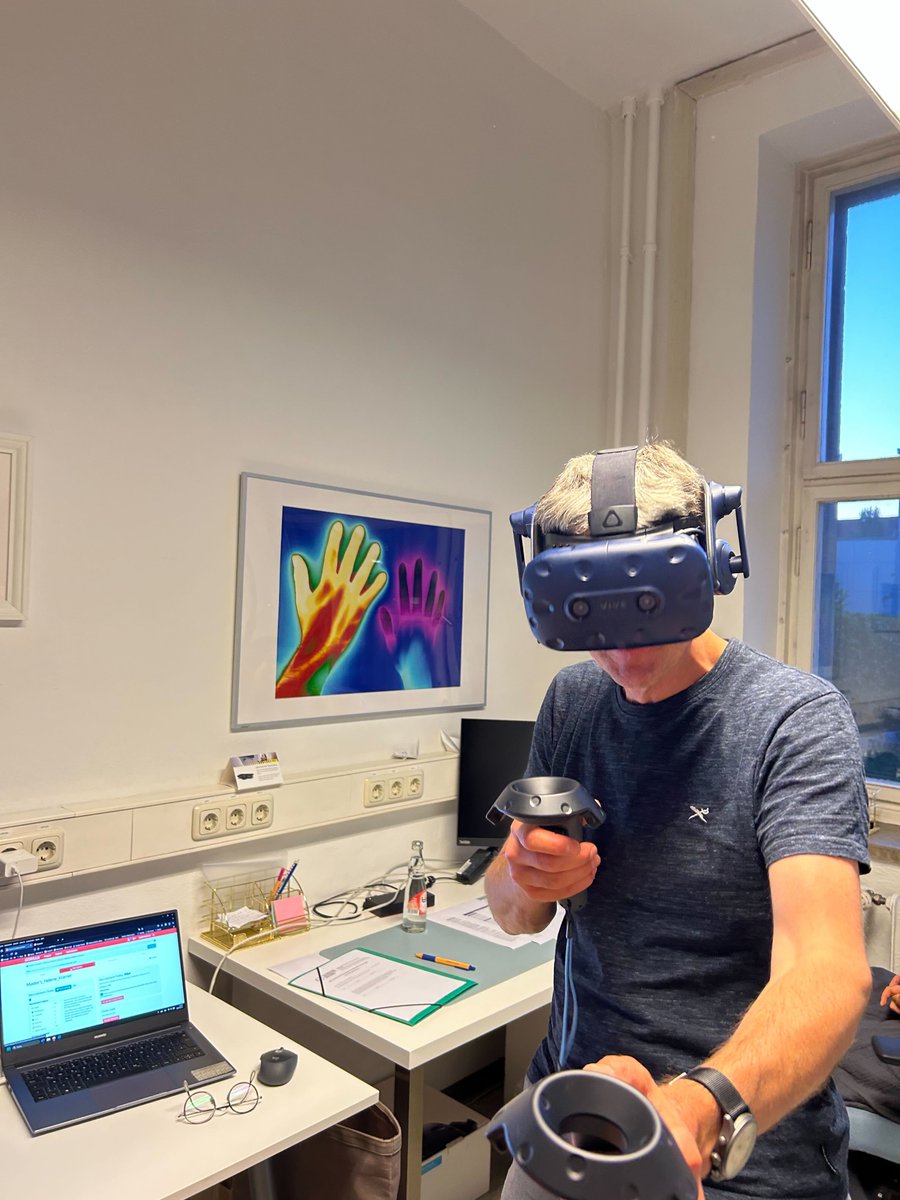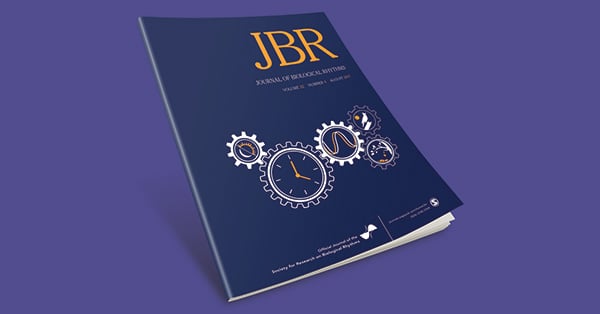
ConTaktLab
@ConTaktLab
#Research lab led by Prof. @MerleFairhurst. We explore the cognitive and neurophysiological correlates of social affective touch and interpersonal coordination
At this year's ##LNDWDD, we showcased how touch and technology are becoming more deeply intertwined in our daily lives. Thanks everyone for stopping by! @TactileUniverse @tudresden_de @dfg_public #TactileInternet #CeTI #LongNightOfScience




“The night that makes you smarter” - #LNDWDD! From 𝗔𝗠𝗘𝗖𝗔 to 𝗗𝗶𝘀𝘁𝗮𝗻𝘁 𝗧𝗼𝘂𝗰𝗵, 𝗖𝗲𝗧𝗜𝗕𝗔𝗥, and 𝗦𝘂𝗯𝘄𝗮𝘆 𝗦𝘂𝗿𝗳𝗲𝗿, we loved engaging with all of you. 💫 Thank`s for stopping by! @tudresden_de @dfg_public #TactileInternet #CeTI #LongNightOfScience
Study finds nearly 1 in 4 young adults with mood disorders show circadian misalignment via DLMO and body temp shifts. Light, hydration, and meds might play bigger roles than we think in mental health. journals.sagepub.com/doi/10.1177/07… #MentalHealth #CircadianRhythm #Depression

In May, the last General Assembly was held before the decision on Phase 2. Today we can say: we did it!💡 @tudresden_de @dfg_public #tactileinternet
Touch = faster decisions, but not better ones? This study, co-authored by our chair and a team member, finds haptic feedback leads to quicker reactions, esp. on mobile. Yet learning accuracy stays the same across sensory cues. cell.com/heliyon/fullte…

How does feedback type influence motor learning? This 2023 study by Bugnon et al. explores how motivational vs. informational feedback—and task complexity—shape performance. doi.org/10.1080/174613… #MotorLearning #Feedback #HCI #SportsScience #CognitiveScience

Today at #CeTI, we had the great pleasure of 𝘄𝗲𝗹𝗰𝗼𝗺𝗶𝗻𝗴 𝗣𝗿𝗼𝗳. 𝗡𝗶𝗰𝗼𝗹𝗲 𝗥𝗶𝗻𝗲𝗵𝗮𝗿𝘁 𝗳𝗿𝗼𝗺 @MonashUni! We're excited about the future of this collaboration! Thanks for the visit! @tudresden_de @dfg_public #Neurodiversity #MentalHealth #TactileInternet
What if your brain could control a lobster in VR, or grow a third arm? Homuncular Flexibility explores how we adapt to nonhuman avatars. A wild journey through brain plasticity, empathy, and VR’s future. Read the paper by Won, Bailenson and Lanier: vhil.stanford.edu/sites/g/files/…
From subway poles to soft fur, touch not only informs us, but helps us feel ourselves. New blog post on touch, body schema and self-perception: tu-dresden.de/ing/elektrotec… We want to hear from you: How has touch shaped your sense of self?

Harvard’s 2025 commencement speaker, Dr. @abe_verghese, reminded us: in a tech-driven world, healing begins with human connection. A timely, moving call for empathy in medicine: edition.cnn.com/2025/05/26/us/…

At #IASAT2025, @MerleFairhurst's poster explores the dual roles of touch in healthcare: as a social bridge in clinical care and as a therapeutic tool in haptic-based rehab. Understanding the difference matters, for science and better patient outcomes. lnkd.in/eqfEBVAS

What if a robot could feel emotion through touch? At #IASAT2025, @RachaelBBurns presents HERA: a koala-like robot for autistic children that senses and responds to social touch. iasat2025.uni-jena.de #AffectiveComputing #SocialRobots

Do robots really touch us back? Mark Paterson (@PittTweet) brings theory & case studies to #IASAT2025, asking what makes mediated touch truly social. Don’t miss our symposium: iasat2025.uni-jena.de #SocialRobots #Haptics #HRI

Feeling connected in VR? @IreneValori’s talk at #IASAT2025 explores pseudo-haptics and how visual illusions of touch in VR boost co-presence and emotional connection. iasat2025.uni-jena.de #VR #SocialTouch #PseudoHaptics

Can an avatar truly touch you? Jan van Erp (@TNO_Research & @UTwente) joins #IASAT2025 to explore embodiment, telepresence, and social presence through touchable avatars. Join our symposium on digital social touch: iasat2025.uni-jena.de #XR #HumanTouch #Avatars
